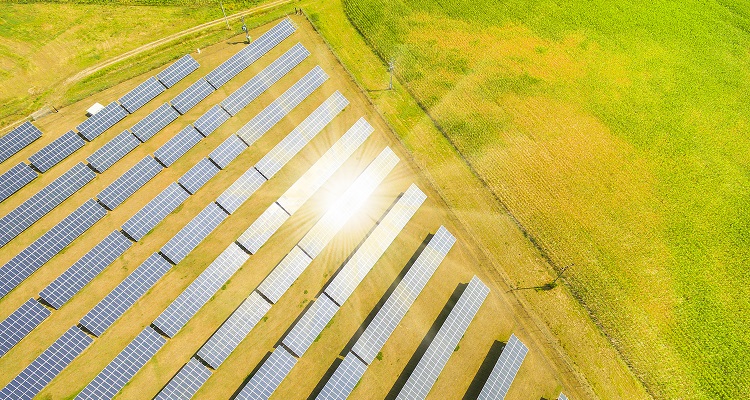Sinking costs make renewables more successful than ever
The prices for renewable energy installations are continually dropping, which makes these technologies more popular than ever. 2016 was a record year, during which renewables outshone fossils by far.
We have been watching renewables marching down the road of success for a while now. With the prices for installations dropping constantly, it seems there is no stopping them and a promising future might lie ahead.
2016 was record year for renewables
Last year might go down in the history of renewables, with an astonishing 138,5 GW of new capacities installed worldwide. This is the equivalent of the total capacity of the world’s 16 largest power plants and an addition 8% higher than that of the previous year.
Investments, however, were at the same time 23% lower, caused by price drops of over 10%, which might be one reason for this success. In 2016, only 113,7 billion USD were invested in solar projects – 34% less than the year before.
Almost twice as much has been invested in renewables than in fossil. As a result, roughly 55% of all new power is from renewables – a first.
Slowdown in developing countries
A slowdown has been recorded in China, Japan and some emerging markets and developing countries, which might also be a cause for the lower investments. Overall, renewable energy investments dropped by 56% in Japan, 30% in developing countries, 32% in China and even 60% in Mexico, Chile, Uruguay, South Africa and Morocco.
The consequences are exciting
Michael Liebreich, Chairman of the Advisory Board at BNEF, is thrilled about the trend. “The question always used to be ‘will renewables ever be grid competitive?’ Well, after the dramatic cost reductions of the past few years, unsubsidised wind and solar can provide the lowest cost new electrical power in an increasing number of countries, even in the developing world – sometimes by a factor of two. It’s a whole new world: even though investment is down, annual installations are still up; instead of having to subsidise renewables, now authorities may have to subsidise natural gas plants to help them provide grid reliability.”
The strong development of renewables has helped keep greenhouse gas emissions flat for three years in a row.
Smaller sectors developing more slowly
Unlike wind and solar, the smaller sectors have seen less remarkable investments. Biofuels fell by 37%, the lowest for at least 13 years; biomass and waste maintained their figure of 6.8 billion USD and small hydro kept up 3.5 billion USD. Geothermal lost 17 % and marine went down by 7 %.
Source: UN Environment
Title image: Kletr/shutterstock





